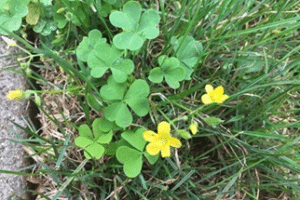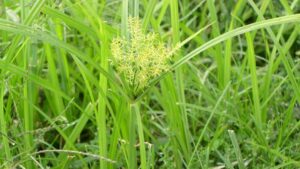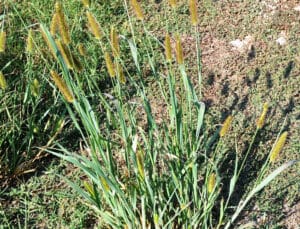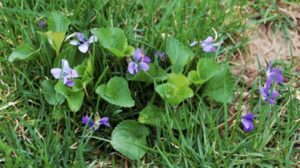Physocarpus opulifolius
Description
If you love unique, vibrant color and easy growth, the Sweet Cherry Tea is a must. For starters, it blooms twice each year…once in mid-May and again from July until the first frost. That means months of vibrant color for you.
The Sweet Cherry is perfect for planting near high-traffic areas, like patios, pools and beyond. But its dwarf silhouette is right at home anywhere in your landscape, whether it’s planted next to your porch or graces your garden.
Planting
First, find an area with full sun and well-drained soil. Any area that receives about 6 to 8 hours of sunlight should suffice. Once you’ve selected a location, dig a hole that’s around twice the size of your tree’s root ball. Then, place the tree, tamp down the soil and water to settle the roots.
Watering
The Sweet Cherry is fairly drought tolerant once established, but it’s important to have a regular watering schedule before then. We recommend watering about once weekly for the best results. If you’re not sure when to water, check the soil about 2 or 3 inches down. If the soil is dry here, it’s time to water.
Fertilizing
Only fertilize after it starts blooming, preferably with a well-balanced fertilizer once or twice yearly.
Pruning
Lightly prune after it starts blooming for sizing and shaping purposes. To encourage a stronger root system, you may pick off the faded blooms – this allows your tree to focus on establishing its roots.
| Growing Information | |
| Mature Height: | 3-4 ft |
| Mature Width: | 2-3 ft |
| Sunlight: | Full to Partial Shade |
| Bloom Time: | |
| Growth Rate: | Fast |
| Grows Well in Zones: | 6-9 |
| Your Growing Zone: | 6 |





